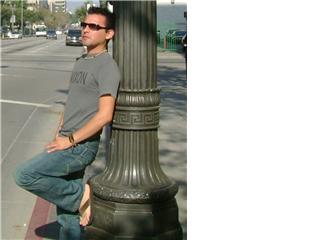
The Courts have stated that one of the protections of the discrimination laws is to enjoy a workplace free of harassment based on illegal grounds. The essence of a claim of sexual harassment is that the conditions of a person’s employment have been altered, either by the conditioning of job benefits by the granting of sexual favors, called "quid pro quo" harassment, or by the creation of a hostile work environment. The latter is evidenced by such actions as sexual intimidation or actual touching, verbal abuse, or displays of offensive literature. The harassment must be severe and pervasive based on all the circumstances so that it leads to a hostile work environment for the complainant to whom it is directed. Factors that show it is hostile can include the frequency and severity of the conduct, whether it interferes with the woman’s job efforts, and whether it is physically threatening or humiliating.
The employee must actually be offended by the harassment and perceive that there is a hostile work environment, but there does not need to be any psychological or physical damage to the employee. This is because the damage to her ability to do her job fully and freely is itself barred by the discrimination laws. The courts require that a reasonable person would perceive the environment at that workplace to be abusive, and this reasonable person is normally a person in the victim’s similar position. Thus most courts today employ the reasonable woman rule--what a woman would perceive from the conduct--to determine the degree of hostile work environment that may exist.
There are a number of forms of sexual harassment that can appear under either quid pro quo or hostile environment cases. The former adds the component that the harasser promises better job conditions if certain sexually harassing conduct is allowed, or threatens worse conditions if it is not. Under either case the types of conduct involved can be broken down into categories. One or all of these categories may apply in a particular case to show a pervasive harassment environment.
Sexual slurs or gestures, leering, repeated obscene jokes, comments about the victim’s body or private life, sexual notes or pictures usually apply to a hostile environment claim, but if agreement to these activities is specifically required as a part of the job then it is also quid pro quo discrimination. Sexual advances such as repeated unwanted invitations for dates, persistent phone calls, notes, or gifts, and direct sexual contact such as physical touching, feeling, grabbing, impeding or blocking, or direct sexual assault or rape present clear evidence of sexual harassment.








